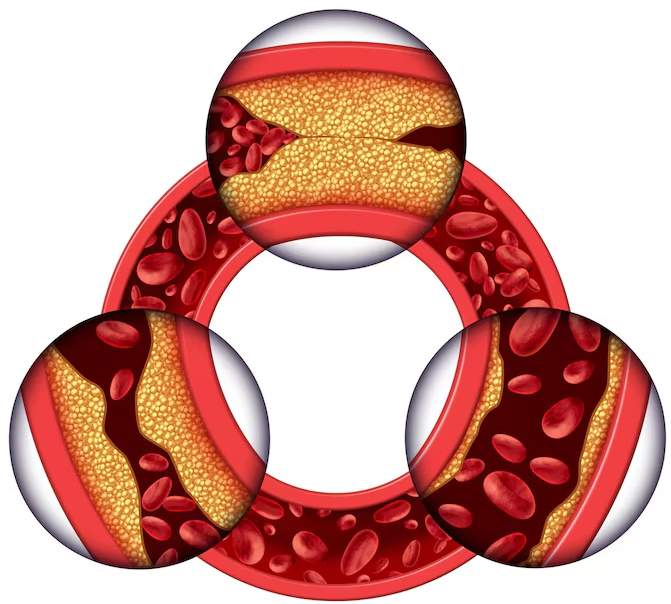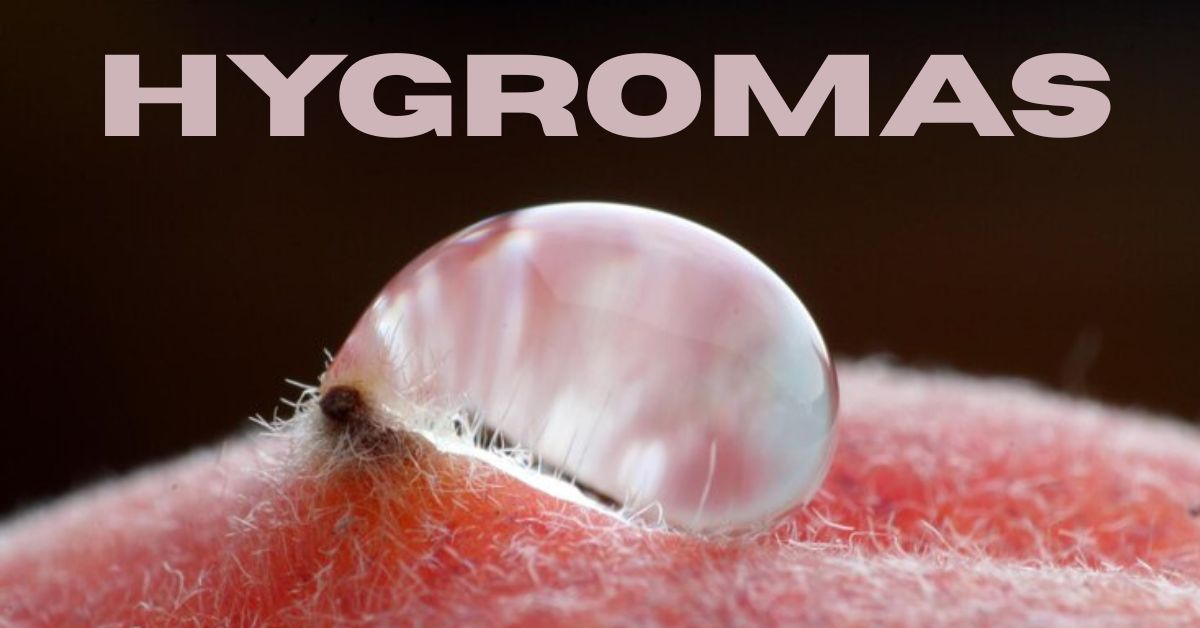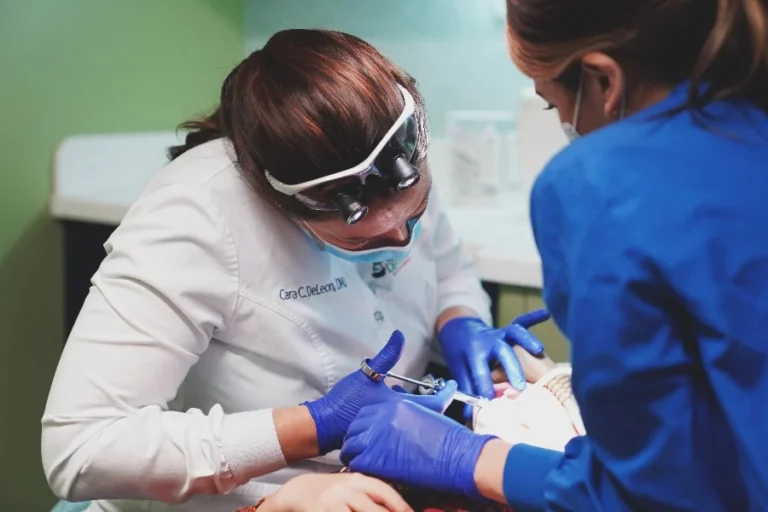Hygromas: Causes, Symptoms, Diagnosis and Treatment
The effects of hygromas on animals and humans make this prevalent but poorly understood ailment worthy of study. Hygromas may sound complicated, but they’re actually rather easy to grasp if you break them down. The definition, causes, symptoms, diagnosis, treatment, and prevention of hygromas are all covered in detail in this page. By the conclusion, you will know more about this disease and how to handle it well.
What Are Hygromas?
Hygromas are swellings or sacs filled with fluid that often form under the skin in places that are constantly under pressure or have been traumatized. In most situations, it is painless and benign, unlike significant tissue abnormalities or malignancies. A thick capsule of connective tissue often encases their fluid interior. The amount of pressure or trauma that has built up over time determines the size of these swellings.
Hygromas are typically seen on bony protrusions like the elbows, knees, or hocks. They form when the body builds a protective barrier to alleviate the effects of chronic stress or trauma. Although it is more typically seen in large-breed dogs because of their weight and size, it may also occur in people and other animals.
Causes of Hygromas
Persistent pressure or trauma is usually associated with hygromas. Force applied repeatedly to bony regions is a major contributor. One example is the compression of certain regions of skin and underlying tissues caused by prolonged resting on hard surfaces, which can affect both humans and animals. The body’s reaction to this continual rubbing and striking is the formation of a fluid-filled pocket.
The chronic stress caused by the uneven distribution of weight in bigger dog breeds like Mastiffs and Great Danes is a common occurrence. Humans can acquire hygromas as a result of circumstances like repeated motions at work or sitting for lengthy periods of time. Here are a few typical reasons:
- Staying down on rough surfaces for long periods of time.
- Pressure or friction that is applied repeatedly causes harm.
Lack of protective tissue between the skin and bony or other harsh surfaces.
- Being overweight puts extra strain on bones.
- Previously diagnosed disorders of the skeleton or joints.
Another important environmental component that contributes to hygromas is the quality and softness of the carpeting or bedding. Concrete or hardwood, which are examples of hard surfaces, make the problem worse.
Recognizing the Symptoms of Hygromas
Despite the lack of discomfort associated with hygromas, it is crucial to be able to recognize their signs in order to identify and treat them promptly. A localized lump or swelling, either soft or hard to the touch, is the most obvious symptom of a hygroma. Unless problems like infection develop, these swellings are often not red, hot, or inflamed.
Some of the key symptoms include:
- A flat, noticeable hump, most commonly seen on the knees, hocks, or elbows.
- Mild instances may cause minimal discomfort; however, complications might lead to agony.
- Potential expansion as a result of time and persistent pressure or non-treatment.
- Secondary infections can cause redness, swelling, or leaking in rare instances.
Some uncompropriate hygromas have the potential to enlarge substantially or develop an infection if they are not treated for long periods of time. In the event of infection, these swellings may develop a tenderness and a purulent fluid within, necessitating prompt medical intervention.
Diagnosing Hygromas
A physical examination and, if necessary, additional diagnostic instruments are often utilized in the diagnosis of hygromas. To assess the swelling’s texture, location, and size, a vet or other healthcare professional will first palpate it. We also consider your medical history, which may include details on any recent trauma or changes in your habits.
It is usual practice to do aspiration in order to verify the diagnosis. Fluid is removed from the edema using a tiny needle during this treatment. To rule out other possible causes, such as tumors, cysts, or abscesses, the fluid is further examined.

For a better understanding of the swelling’s anatomy and to make sure no underlying bone damage or other problems are to blame, imaging studies such as X-rays or ultrasounds may be suggested. Even while hygromas are usually easy to spot, it’s still a good idea to get a professional opinion to rule out more dangerous disorders and make sure you get the right diagnosis.
You Might Also Like: Understanding Prostadine Colibrim and Its Benefits
Available Treatments for Hygromas
Size, severity, and infection status are the primary factors to consider while treating hygromas. While advanced or contaminated instances may necessitate comprehensive treatment, mild cases that are detected early often only require minor intervention.
In most cases, supportive care and alterations to the surrounding environment are enough to hasten the healing process for moderate, non-infected hygromas. For instance, you may ease pressure using padded surfaces and soft bedding, which can help the swelling go down on its own. To alleviate pain and promote blood flow to the area, try using warm compresses.
A veterinarian or healthcare practitioner may advise aspiration drainage for more noticeable or ongoing hygromas. This may help for a while, but it won’t solve the root of the problem, so the pressure may return.
When an infection is present, medical treatment with antibiotics and, in extreme cases, surgery may be necessary. Surgery, which entails removing the whole hygroma, is often reserved for extreme cases. To avoid complications and promote healthy recovery, post-operative care is of the utmost importance.
To avoid additional discomfort, an increasing number of people are turning to alternative treatments including elbow wraps and protective padding. Those susceptible to hygromas can be well protected by these non-invasive methods.
How to Prevent Hygromas
When it comes to controlling hygromas, prevention is still key. Individuals can greatly lower their risk by reducing the occurrence of pressure-related injuries and recurrent trauma. Hygromas can be prevented in a number of ways.
When designing spaces where people or animals spend a lot of time, one effective tactic is to use cushioned surfaces or soft bedding. Orthopedic beds are a great investment for dogs, particularly bigger breeds, because they alleviate pain at the joints of the hips and elbows.
Maintaining a healthy weight is also important. Reducing pressure on certain places and lowering the risk of tissue injury are both achieved by maintaining a healthy weight. To improve blood circulation and spread pressure across larger regions, try switching up your sleeping position or routine on a regular basis.
If you want to stop hygromas from getting worse, you need to intervene quickly. In order to prevent further swelling, it is important to recognize the early warning symptoms and take action, such as making adjustments to one’s surroundings or increasing physical activity. Wearing protective clothing like elbow pads when playing or resting is an additional line of defense for animals who are prone to hygromas.
Common Misconceptions
Sometimes, people misunderstand hygromas, even if they are really simple. A prevalent misunderstanding is that it portends a major, potentially fatal illness. Despite their worrisome appearance, these growths are usually harmless and do not metastasize.
Some people also wrongly assume that it can only happen in animals. Even while bigger canines are more likely to get hygromas, any animal, including humans, can acquire one given the correct conditions. Finally, surgical intervention is thought to be necessary in every case. Although this method is necessary for some advanced or diseased hygromas, it is far from universal.
When to Seek Professional Help
Many hygromas go away on their own with the right treatment, but if you see any of these symptoms, it’s best to see a vet or doctor. An infection necessitating rapid treatment can manifest itself, for instance, in the form of redness, soreness, discharge, or unexpected development inside the swelling.
Not only does prompt medical action guarantee a quicker recovery, but it also reduces problems. Failure to address advanced symptoms promptly might lead to more issues or the need for more drastic measures, such surgery, to be taken.
Conclusion
Hygromas don’t necessarily pose a threat, but you should still exercise caution to prevent them from getting worse. Knowledge of its causes, symptoms, and treatment options is crucial for management and prevention. Selecting gentle, supportive surroundings and limiting repetitive pressure can help you or your beloved pet prevent this condition.
Being well-versed on hygromas, from their early warning signs to efficient preventative measures, allows you to offer the best therapy possible. Those suffering from this innocuous illness may find peace and comfort knowing that it is easily manageable with the correct resources.
Disclaimer: This content is for informational purposes only and does not constitute medical or veterinary advice. Always consult a qualified healthcare or veterinary professional regarding any concerns about hygromas. Individual cases may vary, and professional guidance is essential for accurate diagnosis and appropriate treatment. We do not assume responsibility for decisions made based on this information.
You Might Also Like: Exploring the Versatile World of Wunonovzizpimtiz







